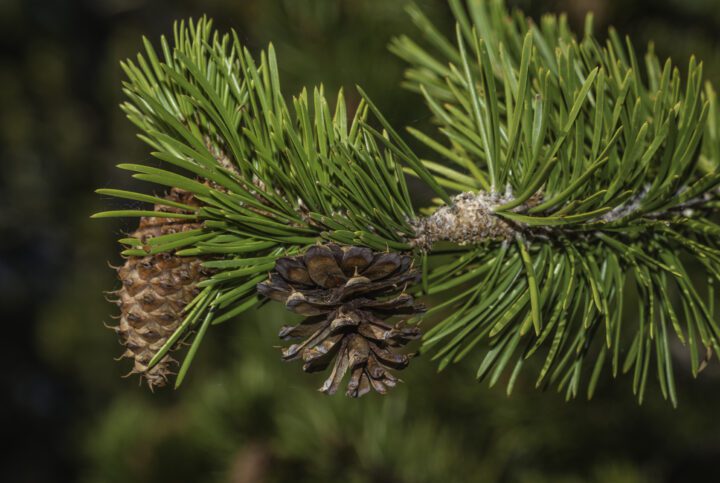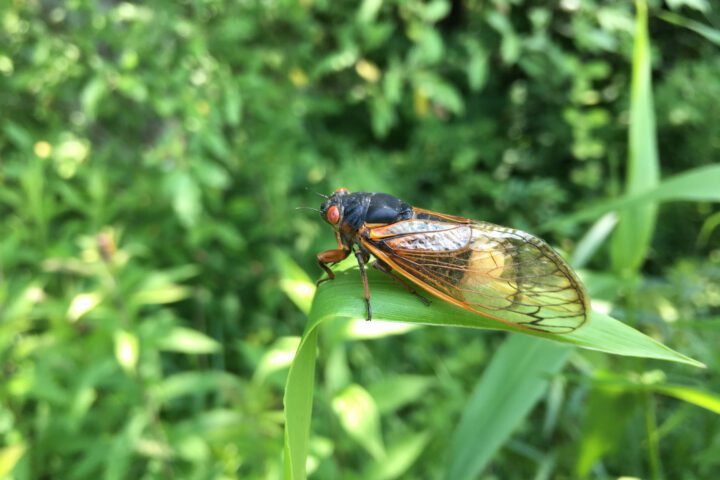Sense Atmospheric Conditions
For some living systems, the ability to detect changes in atmospheric conditions can be very valuable. By predicting changes in regional weather or in very localized conditions, living systems can avoid or take advantage of those changes. Since such adjustments can be very subtle, living systems must be able to detect miniscule variations in moisture, barometric pressure, ions in the air, and other environmental cues. Many insects and birds, for example, can predict oncoming storms and take cover before their lives are put at risk.
Respond to Signals
To interact with its environment, a living system must not only sense a variety of signals, but also respond to them. To be energy- and material-efficient, those responses must be appropriate to the signal. This generally requires sensing thresholds to trigger an appropriate level of response (for example, hiding under a shrub versus running away to avoid a predator). Response strategies are tied to a specific signal and often have a response threshold, which determines how strong a signal must be to warrant expending energy to respond. One example is a plant that lives in arid regions in South Africa. Its seed capsules remain closed until rainfall triggers them to open to release the seeds. But the plant only responds to a second rainfall, thus protecting against releasing its seeds before there is enough sustained water for them to grow.
Disperse Seeds
Plants disperse their seeds using a variety of mechanisms, including wind, rain, and attachment to animals. Seed dispersal can be important if plants growing too close together will compete for resources, such as nutrients and sunlight. Since plants are literally rooted in place, seed dispersal is also an important mechanism for expanding their range or reaching new environments.





